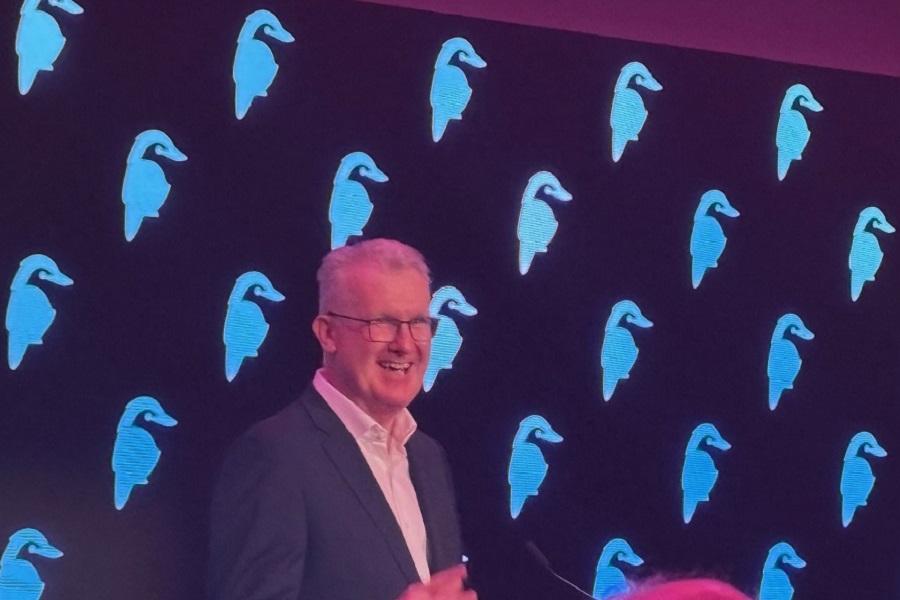It’s tough bidding out there in the international art market, but the National Gallery of Australia today confirmed that it plans to purchase two paintings by George Stubbs for the national art collection.

The fundraising efforts to secure these paintings will form part of the NGA Foundation’s “100 works for 100” years campaign which aims to secure 100 significant works of art for the national art collection to commemorate the Centenary of Canberra. Stubbs’s “Kangaroo” and “Dingo” have been on the Gallery’s Acquisition Strategy since 1972.
Banks had travelled with Captain James Cook on his 1768-70 Endeavour trip, which mapped the East Coast of Australia. Banks returned with the skin of a large kangaroo, and presumably one of a dingo, later commissioning the animal artist George Stubbs, better known for his depictions of horses, to paint the “portraits” of these Australian animals using the kangaroo skin and a number of skeletons, as well as rough sketches and verbal descriptions.
The paintings were first exhibited in the Royal Academy, London in 1773 and were published as engravings as a symbol of Australia in the account of Cook’s first voyage to the Pacific. They have remained in the possession of descendants of the Banks family since then.
According to NGA director Ron Radford “The subjects of the two paintings are integral to Australian art and history. Stubbs’s image of the kangaroo, in particular, became the archetypical image of the kangaroo for well over half a century. It is the source of countless popular engravings and quickly came to symbolise the Australian continent. The kangaroo on the Australian coat of arms was originally based on this image. Indeed, the National Gallery of Australia already owns scores of different engraved images that are based on Stubbs’s painting of the kangaroo.”
At present, both paintings are in the UK under a temporary export ban imposed by the British Government. The Reviewing Committee on the Export of Works of Art believes these works should remain in the UK and has imposed the temporary export ban to allow time for a UK public institution to raise the estimated AUD$8 million needed to acquire them.
Radford said the gallery would persist in its efforts to acquire the paintings; “these icons of Australian historical and cultural heritage are inextricably linked to our national identity, and if acquired will be on permanent display at the National Gallery of Australia.” If a UK buyer does not come forward the gallery will raise the extensive funds needed for the acquisition.
Who can be trusted?
In a world of spin and confusion, there’s never been a more important time to support independent journalism in Canberra.
If you trust our work online and want to enforce the power of independent voices, I invite you to make a small contribution.
Every dollar of support is invested back into our journalism to help keep citynews.com.au strong and free.
Thank you,
Ian Meikle, editor




Leave a Reply